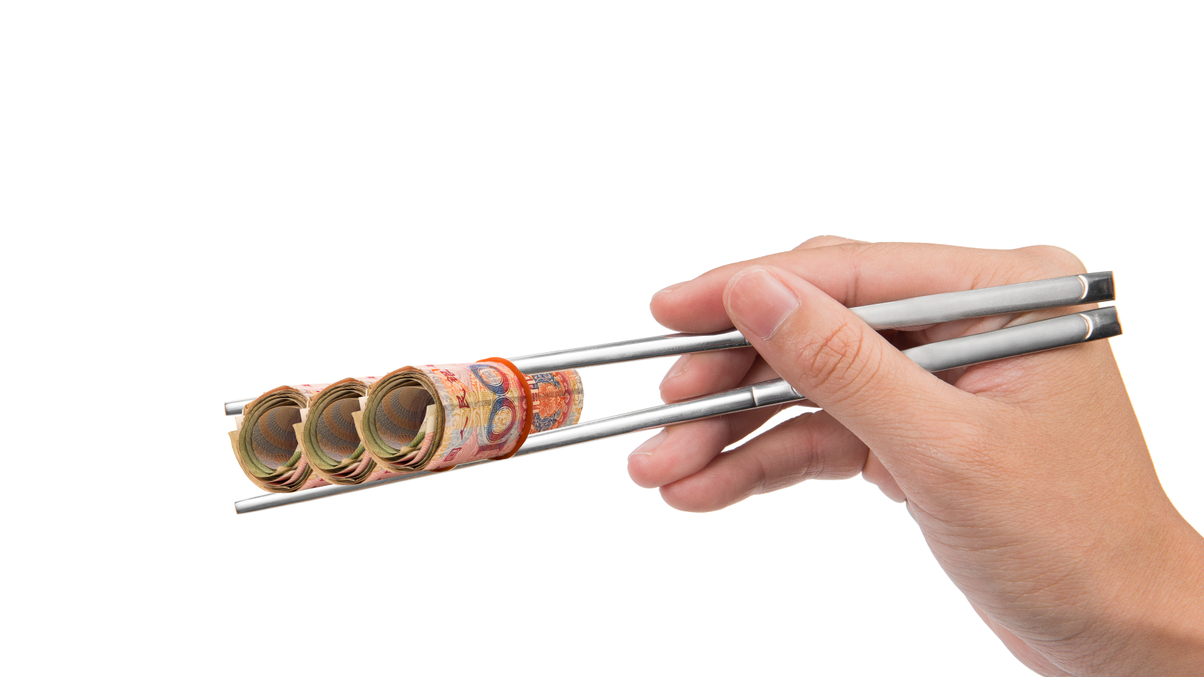How China insurers aim to fill a growing PE hunger
More Chinese insurers are expanding their teams for private equity investments as interest in the asset class grows. They are still likely to have to rely on external managers though.

Chinese insurers are increasingly building out their in-house expertise on private equity investments but most will probably continue to rely on external managers.
Sign In to Your Account
Access Exclusive AsianInvestor Content!
Please sign in to your subscription to unlock full access to our premium AI resources.
Free Registration & 7-Day Trial
Register now to enjoy a 7-day free trial—no registration fees required. Click the link to get started.
Note: This free trial is a one-time offer.
¬ Haymarket Media Limited. All rights reserved.


